Dog bites are a dangerous risk that pet professionals, particularly vets, face on a daily basis.
Putting appropriate safety measures into practice is important not only to protect yourself from being bitten – but to also safeguard staff, clients or customers, as well as to protect the animal.
Which breeds are most likely to bite?
A dog will bite for numerous reasons. For example, it can happen as a result of stress, pain, anxiety, feeling trapped, or even because a certain sedative has been administered.
The key is identifying the signs of an impending bite, as well as knowing which breeds of dogs are more likely to bite.
Research by the NSW Government found certain breeds of dogs are more likely to bite people than others. The following breeds have been identified as ‘higher risk’:
- Australian Cattle Dog
- German Shepherd
- Bull Terrier types
- Rottweiler
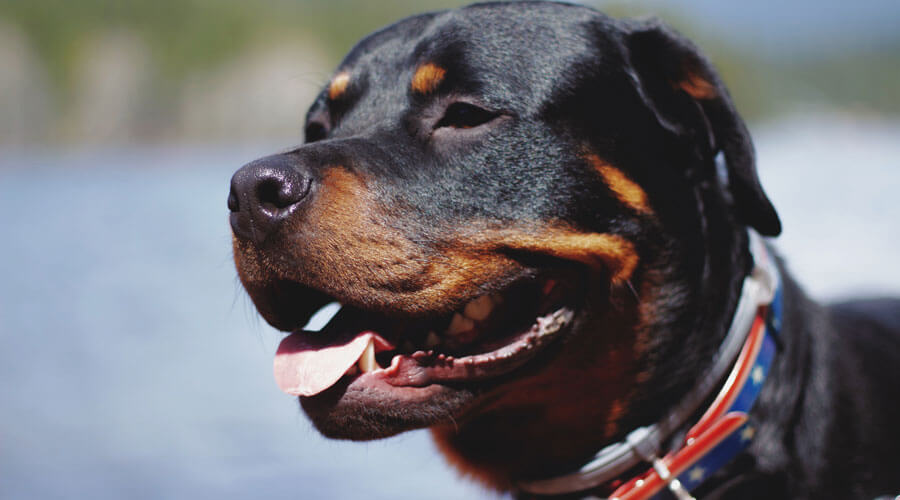
A report on dangerous dogs by Burke’s Backyard also adds Doberman to the list. It stated that these five breeds were responsible for 75% of dog bites in Australia.
The American Family Physician also includes the following breeds in its high-risk list:
- Cocker Spaniel
- Collie
- Great Dane
- Siberian Husky
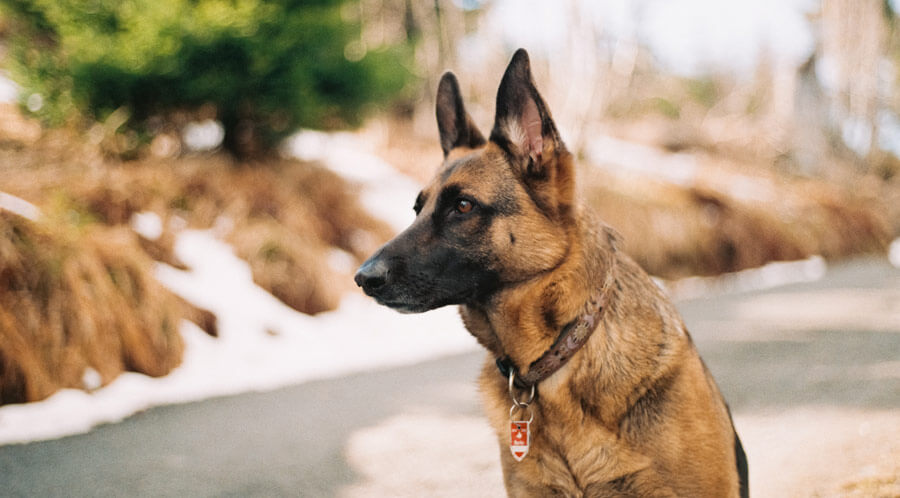
Restricted dog breeds
In Australia breed-specific legislation prohibits or restricts particular dog breeds. This doesn’t necessarily mean a complete ban on ownership, but restrictions are imposed and there’s the presumption that certain breeds of dog are dangerous or aggressive.
According to the NSW Government, the following dog breeds are restricted in Australia because they are known to be dangerous:
- American pitbull or pitbull terriers
- Japanese tosas
- Dogo Argentino (Argentinean fighting dogs)
- Fila Brasiliero (Brazilian fighting dogs)
- Perro de Presa Canario or Presa Canario
- Other breeds whose importation is prohibited by the Customs Act
- Any dog declared by an authorised officer of a council, under the Companion Animals Act 1998, to be a restricted dog.
It is illegal to import the breeds listed above and there are restrictions placed on owners, such as muzzling in public, desexing, fence and enclosure requirements and some states require the dog to wear a specially prescribed ‘Dangerous Dog Collar’ for easy identification.
It’s important to note that restricted breed dogs may not have attacked a person or animal or displayed signs of aggression. However, they are known to be more genetically disposed to be aggressive. Therefore, they are considered a higher risk to community safety than other breeds of dogs.
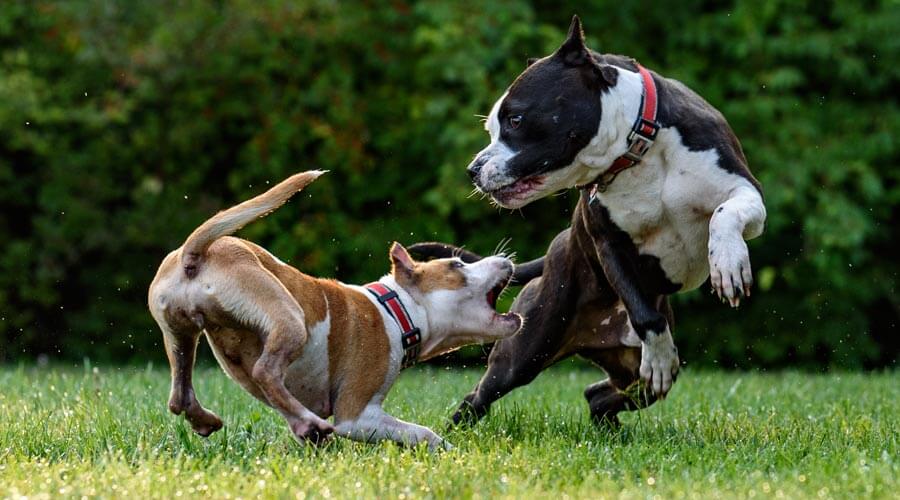
Dog bites: it’s not black and white
Recent research by Ohio State University in the United States identified that an ‘unknown’ breed was responsible for the greatest number of reported dog bites, followed by Pitbulls.
The study, which explored the relationship between dog breed and the risk of biting and injury, showed that bites from Pitbulls and mixed breed dogs were both more frequent and more severe.
Additionally, bites from breeds such as a Great Dane are shown to have high damage even though the risk of a bite from this breed is lower than from other breeds on the list.
It also showed that it’s not always the big dogs that bite. According to the study, Jack Russell Terriers, Border Collies and Cocker Spaniels are also likely to bite, but their bite produces less tissue damage compared to other breeds.
Your role as a vet or pet professional…
According to the Victorian State Government, ‘there is no obligation to report to council any dog that you believe to be of a restricted breed. It would be advisable to inform the owner that their dog may be considered to be of a restricted breed and that if they are concerned they should contact their local council for more information.’
When treating restricted dogs it would be advisable to use a muzzle.
Veterinarians and other pet professionals can, however, play a vital role in educating people. A report by the Australian Veterinary Association (AVA) back in 2012 identified little evidence to support banning particular dog breeds as a way of addressing canine aggression in the community.
Instead, it stated that public education and legislative tools that provide animal management authorities with the tools to identify potentially dangerous dogs offer the best results in reducing incidents with aggressive dogs.
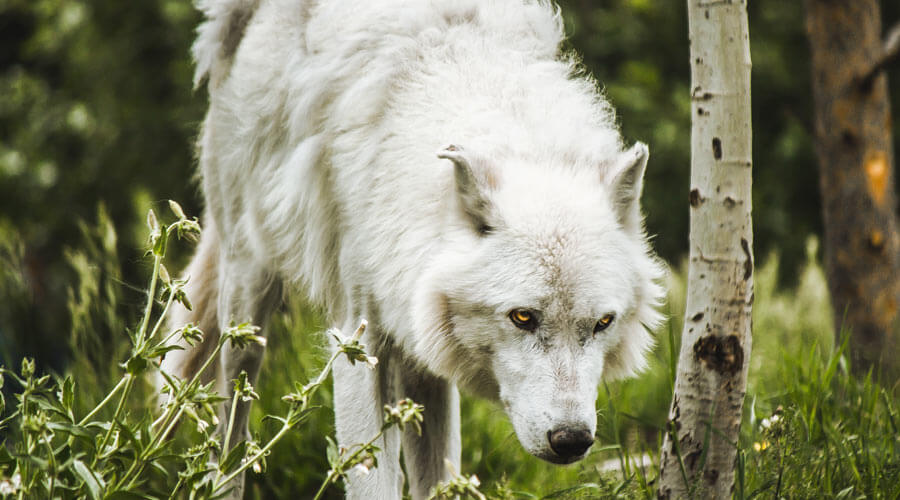
Preventing dog bites from happening
Pet professionals can advise pet owners on biting triggers to be aware of, signs that a dog may be about to bite, as well as strategies to help reduce the likelihood of bites.
Teach clients and customers how to read a dog’s body language.
Body language that may indicate biting includes:
- Trembling, lowered body posture, growling, and baring of teeth.
- Tight facial expression, with pupillary dilatation and wide eyes
- Panting in the absence of high temperature or exertion
- Licking lips, snarling, or yawning
Advise on strategies to help stop a dog from biting.
Pet professional can recommend the following action points to their clients and customers to help prevent dogs from biting:
- Have the dog neutered. This can help calm the dog and reduce aggression, not to mention reduce the number of dogs that end up in shelters.
- Train the dog well. Positive training methods, such as clicker training, help condition the dog.
- Socialise dogs from a young age. This will help the dog feel at ease in different situations reducing the likelihood of anxiety or fear.
- Always supervise. Remind clients and customers that dogs should be supervised at all times, but particularly when around children.
Information sources:
Lewis KT, Stiles M. Management of cat and dog bites. American Family Physician. 1995, 52:479–85,489–90.
Animal Welfare League. Dog bite prevention. Accessed online June 201 via: https://awl.org.au
Reisner, Llana. Today’s Veterinary Practice: On Your Best Behavior
Dog Bites: Protecting Your Staff & Clients. Accessed online June 2019 via: https://todaysveterinarypractice.com
Latest posts by Liz Walden (see all)
- Pet health: Medicinal cannabis for pets - December 27, 2021
- What pet business insurance do I need? - November 17, 2021
- Pet sitters: how to take time off - November 15, 2021

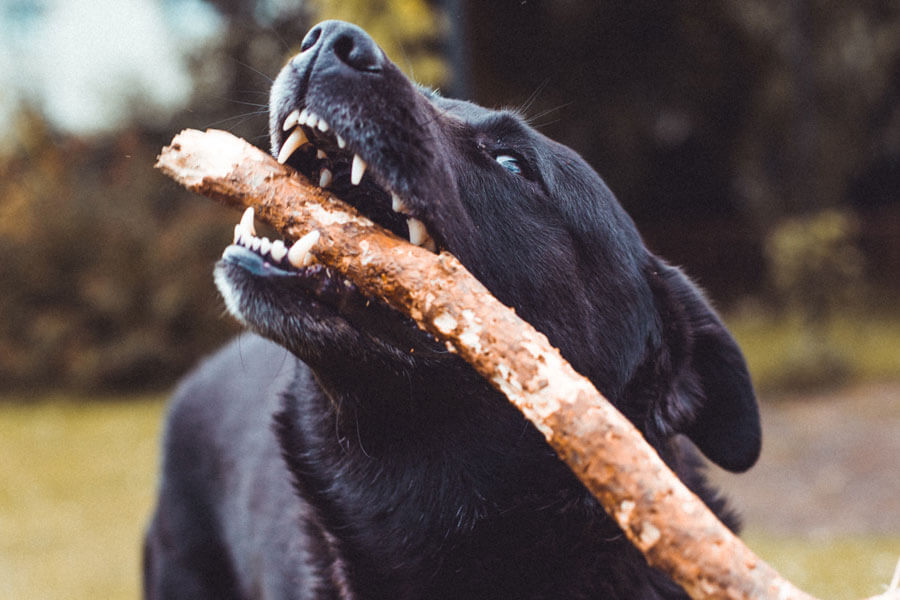







Leave A Comment